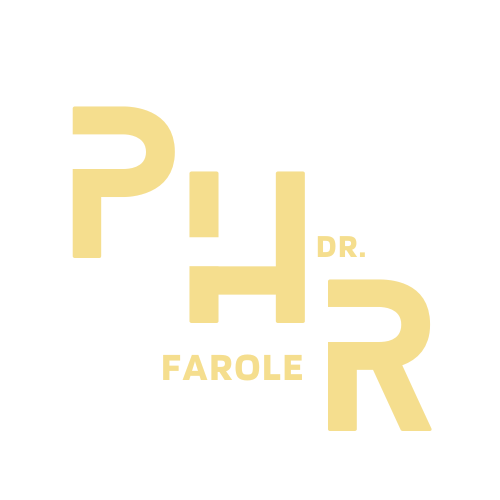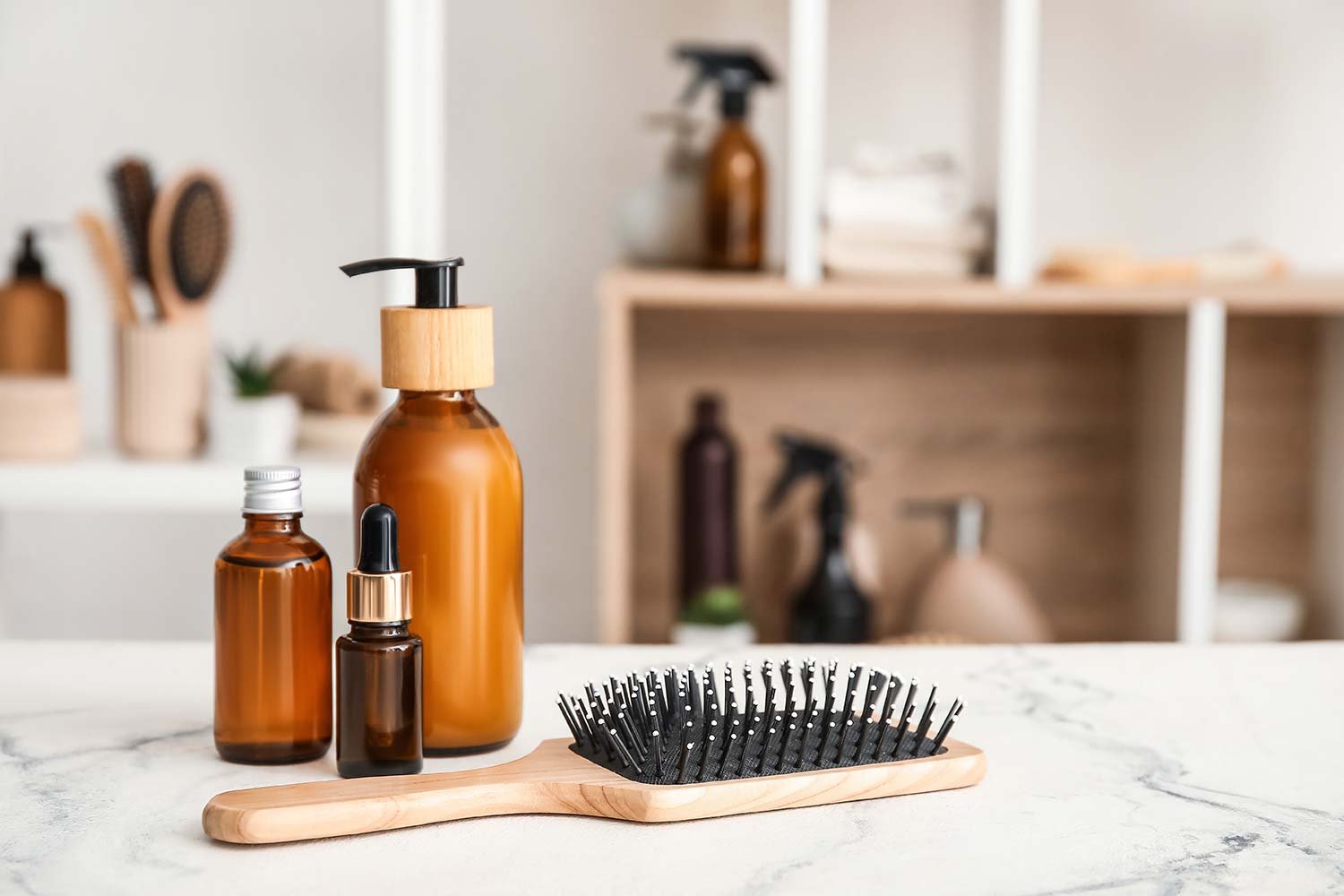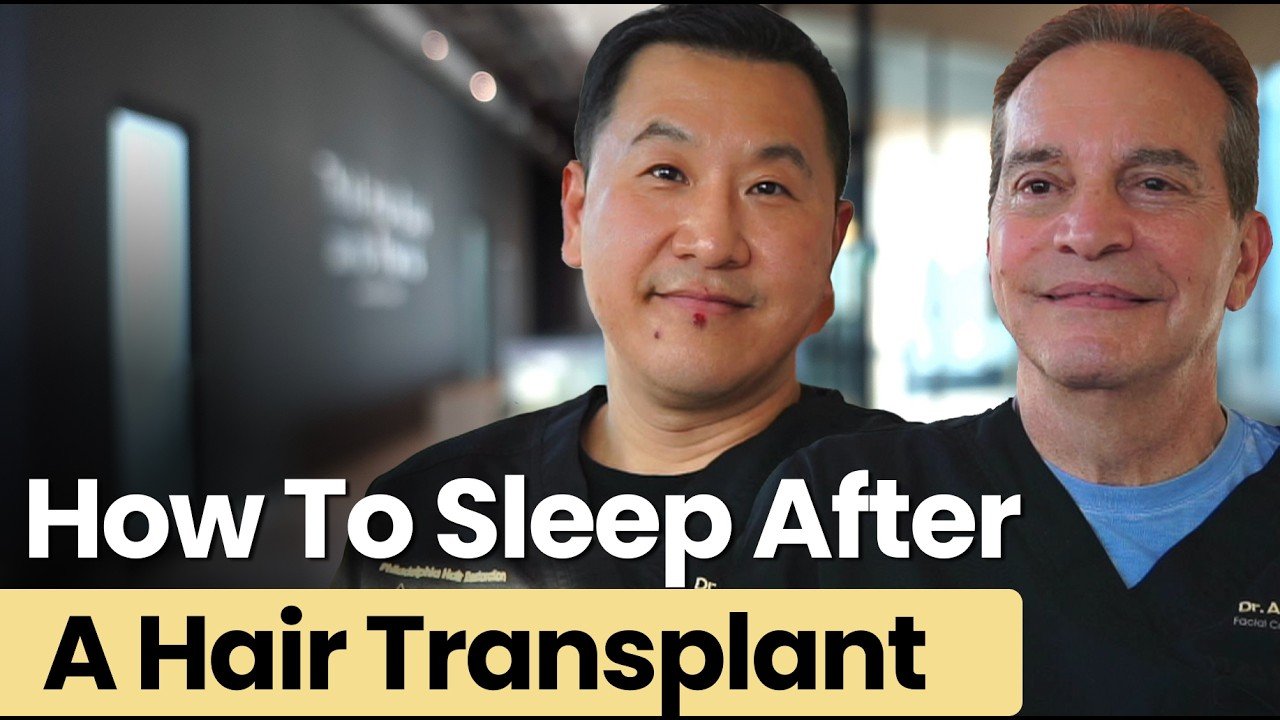Losing hair can be stressful, especially when some surgical hair restoration procedures come with a long list of side effects and lengthy recovery times. Luckily, non-surgical PRP (Platelet-Rich Plasma) and PRF (Platelet-Rich Fibrin) treatments stimulate hair follicles to effectively restore density, color, and volume to thinning hair.
In this article, we’ll explore six benefits of PRP vs PRF for hair restoration. We’ll examine the key differences between the two treatments and discuss who may benefit from each procedure. With guidance from Philadelphia Hair Restoration, you can make an informed decision when choosing the best hair restoration treatment for your individual needs.
Contact Philadelphia Hair Restoration today to speak with a hair restoration specialist about PRP or PRF hair treatments for thicker, healthier hair.
What Are PRP (Platelet-Rich Plasma) Hair Treatments?
With Platelet-Rich Plasma (PRP) hair treatment, a practitioner draws a small amount of blood from the patient, processes it to separate plasma from red blood cells, and then injects the plasma directly into the patient’s scalp. This high concentration of platelets regenerates hair follicles for tissue healing, promoting hair growth for a thicker, healthier hair line.
PRP treatments are minimally invasive, typically require no downtime, and are suitable for both men and women seeking to naturally restore their hair. Over time, consistent PRP treatments can noticeably improve hair density and hair quality.
What Are PRF (Platelet-Rich Fibrin) Hair Treatments?
Platelet-Rich Fibrin (PRF) is also derived from the patient’s blood, but undergoes a different processing method that preserves more white blood cells, fibrin, and stem cells for longer-lasting results. Once injected into the scalp, PRF gradually releases growth factors to stimulate dormant hair follicles, promoting tissue regeneration for a fuller hair growth cycle.
Unlike PRP, PRF for hair loss does not contain any anticoagulants and is a completely natural treatment option for hair restoration. The healing properties of PRF can lead to more sustained hair growth with fewer treatment sessions compared to PRP.
Benefits of PRP and PRF for Hair Restoration
Both PRP and PRF offer a variety of benefits for men and women seeking hair rejuvenation services. These injectable hair restoration treatments promote hair density and restore hair color for a fuller, natural-looking appearance.
1. Increased Hair Density
PRP and PRF procedures stimulate latent hair follicles that have become weak or less pigmented, treating hair loss for thicker, stronger regrowth. As a result, previously thin or fine hairs increase in density for a healthier hairline.
2. Restoration of Hair Color
Hair restoration treatments increase melanin production within hair follicles to darken gray hairs. By restoring pigment, PRP and PRF treatments can restore original hair color for a more youthful appearance.
3. Non-Invasive Procedure
Unlike surgical hair restoration methods, PRP and PRF treatments are administered through injection, promoting hair regrowth without invasive procedures. It’s important to note that while PRP hair injections effectively stimulate hair growth, they may not replace the need for surgical procedures in cases of severe hair loss.
4. Quick & Easy Procedure
PRP and PRF hair treatments can typically be completed in 20 to 30 minutes, providing effective hair restoration results with minimal disruption to your daily routine. The actual PRP injection procedure is brief, often lasting less than five minutes, allowing you to receive a speedy, convenient treatment whenever you have the time to stop in.
5. Minimal Recovery Downtime
After your PRP or PRF procedure, you can almost immediately return to your daily activities with no downtime. While you should avoid strenuous exercise for a short period post-treatment, these procedures do not produce visible side effects and offer a discreet treatment option for patients with busy schedules.
6. Success Rate of the Procedures
PRP and PRF injections have an impressive 80% success rate. Over time, you’ll notice your existing hair becoming thicker, longer, and darker for a revitalized appearance. Since these treatments use your own blood components, hair growth is entirely natural, boosting the success rate of the procedure.
How To Choose Between PRP Hair Restoration & PRF Hair Restoration
PRP hair restoration is ideal for those experiencing early stages of hair thinning or looking to maintain their existing hair density. This treatment is effective for androgenetic alopecia, also known as male or female pattern baldness, a common condition that leads to hair thinning on the top of the head and along the hairline.
On the other hand, PRF contains a higher concentration of white blood cells, fibrin, and stem cells to stimulate hair growth in those with more advanced hair thinning or loss. PRF is suitable for individuals seeking longer-lasting results, as the gradual release of growth factors stimulates long-term hair growth.
In summary, PRP hair loss treatments may be ideal for those seeking a proactive solution to moderate hair thinning, while PRF offers long-term follicle stimulation for those with more progressed hair loss. An experienced hair restoration specialist can evaluate your hair loss and individual goals to recommend the right treatment for you.
Schedule Your Free Consultation with Philadelphia Hair Restoration Today
If you’re seeking non-surgical restoration for your thinning hair, Philadelphia Hair Restoration can help. When you schedule a free consultation, our skilled restoration specialists will evaluate the extent of your hair loss to recommend the most appropriate treatment option for you.
Schedule a free consultation with Philadelphia Hair Restoration today and experience the lasting benefits of PRP and PRF hair loss treatment for thicker, stronger hair.



